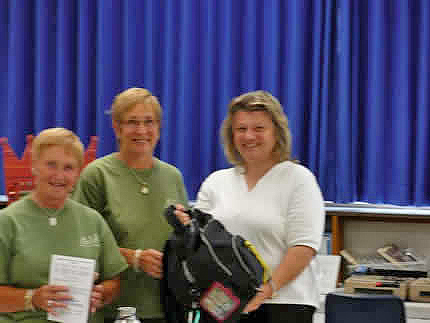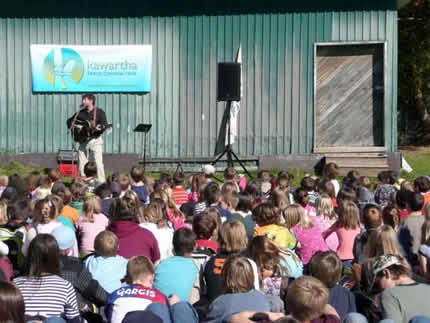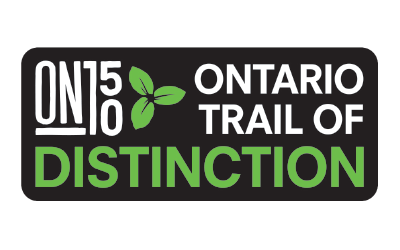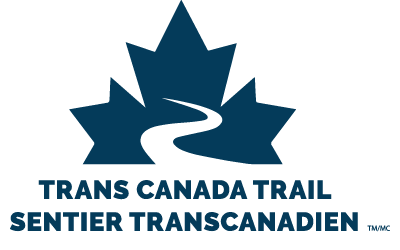In the fall of 2004 Trans Canada Trail Ontario released the findings of the economic impact of the Trans Canada Trail in Ontario, completed by Pricewaterhouse Coopers. It was the first attempt to best understand the complex relationship between estimated trail user expenditures over the length of a future connected Trans Canada Trail.
For the purposes of segmentation, the study area of Ontario was broken out into 12 regions aligned with established tourism zones. Kawartha Lakes is well within the boundaries of region 6, referred to in the study as Central Ontario. The scope of the study was regional and provincial and does not provide a concise detail of local area impacts; however, based on the length of local area Trans Canada Trail segments (or intended segments) and proximities to concentrated population centres and traditional tourism regions, local trail proponents could estimate a proportion of a regional impact.
Provincial Impacts
At a point in the future when the Trail is connected and marketed with associated services and maintenance complementing the trail user’s experience, the Trail is estimated to have the following impacts:
- Estimated $2.4 Billion generated annually in value added income, of that $152.5 Million will be contributed by visitors (representing “new money” into the economy).
- Over 42 000 Ontarians can attribute their jobs to the Trans Canada Trail in Ontario’s recurrent expenditures, and
- Total recurrent tax collections to all three levels of government will add to about $1.04 Billion annually.
The Trail was not completed as of the summer 2005; as such, construction is required to achieve a provincial connection. The estimated cost to connect the trail in Ontario without in-kind support is approximately $160 Million. Consequently, the cost of building the remaining sections even without in-kind support can be recovered in less than four years from total tax revenue from trail user’s annual expenditures.
Central Region
Central Region includes the modest population centres of Peterborough, Kawartha Lakes, Ajax, Pickering, Barrie, Midland, Penetanguishene, Orillia, Gravenhurst, Bracebridge and Huntsville along the proposed route of the TCT. Many of these communities are gateways to and hubs within “cottage country”, often referred to as Ontario’s playground.
Of the 12 regions, Central ranks the 4th highest cost to construct the trail, without in-kind support to an estimated $28 Million. The estimated length of the trail in Central Region will total 584km with approximately 65km located in the city of Kawartha Lakes. To date this accounts for the third largest gap in the trail in all of Southern Ontario.
As a significant tourist destination, Central Region is estimated to benefit more than any other region in the province. Fully 20% of all local expenditures predicted to occur in Ontario within proximity to the Trail will be in Central Region. The greatest non-local (visitor) impact in Ontario will occur in Central Region surpassing, Toronto, the Niagara region and the National Capital area. An estimated 70% of all non-local expenditures occurring in Ontario will happen within Central Region.
Conclusion
With more than 2/3rds of the estimated provincial visitor expenditure occurring along less than 15% of the length of the trail, communities within Ontario’s Central Region stand to gain significant return on investment from the establishment of a connected Trans Canada Trail in their local/regional municipalities. Trans Canada Trail Ontario is committed to providing 10% seed funding towards Trans Canada Trail designated construction projects including those within Kawartha Lakes.






